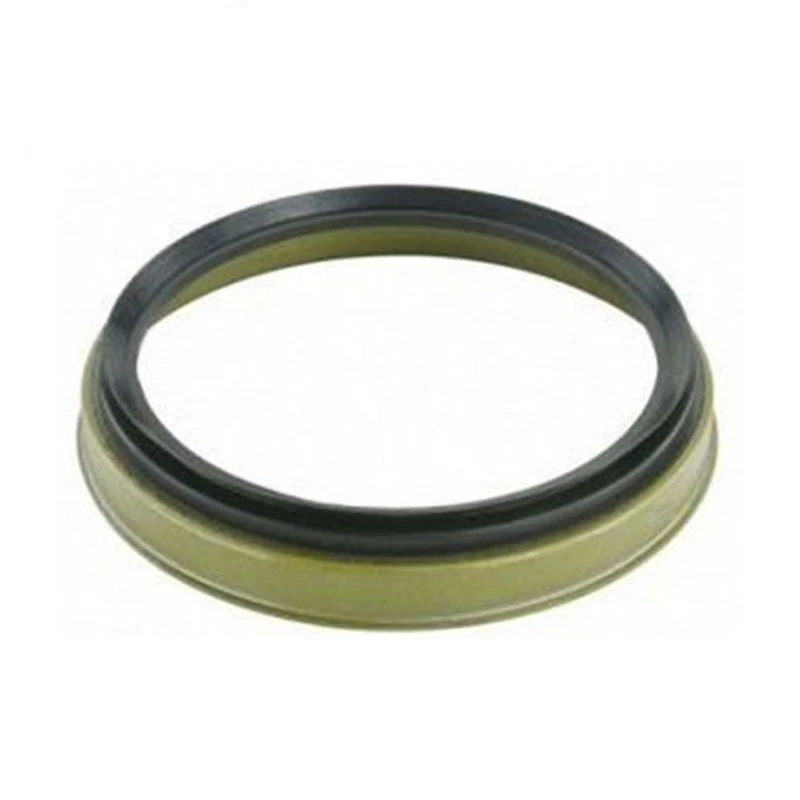high pressure rotary shaft seals
High Pressure Rotary Shaft Seals An Overview
In the realm of mechanical engineering and fluid management, high pressure rotary shaft seals play a pivotal role in maintaining operational efficiency and preventing leakage in rotating machinery. These seals are essential components found in various applications, including pumps, compressors, gearboxes, and hydraulic systems. Understanding the functionality, design considerations, and applications of high pressure rotary shaft seals can significantly enhance machinery performance and longevity.
Functionality of Rotary Shaft Seals
A high pressure rotary shaft seal is designed to prevent the escape of fluids or the ingress of contaminants into the machinery. The seal works by creating a barrier between the rotating shaft and the stationary housing. This barrier is crucial for maintaining the integrity of the system, especially under high pressure conditions where leakage can lead to operational failures, inefficiency, and safety hazards.
The sealing mechanism typically relies on a contact interface, which can be made of various materials such as rubber, polyurethane, or PTFE (Polytetrafluoroethylene). The choice of material is influenced by factors such as the fluid being sealed, the operating temperature, pressure conditions, and the nature of the rotational movement.
Design Considerations
When designing high pressure rotary shaft seals, several factors must be taken into account to ensure optimal performance
1. Pressure Ratings The selection of the appropriate seal must consider the maximum pressure it will encounter. High pressure applications may require specially reinforced seals that can withstand significant internal forces without deforming or wearing out.
2. Speed The operational speed of the shaft plays a critical role in seal design. High-speed applications necessitate features like enhanced lubrication channels or specially formulated materials that can withstand increased friction and heat generation.
3. Temperature Resistance Seals must be chosen based on the thermal conditions of the application. High temperatures can lead to seal degradation, while extremely low temperatures may result in brittle failure.
high pressure rotary shaft seals

4. Chemical Compatibility The fluid being sealed might be corrosive or reactive. Therefore, it is imperative to select materials for the seal that are chemically compatible with the fluids, preventing adverse reactions that could lead to seal failure.
5. Environmental Considerations Conditions such as dust, moisture, and extreme temperatures can affect seal performance. Adopting designs that mitigate these challenges can prolong the lifespan of seals and improve overall machinery reliability.
Applications
High pressure rotary shaft seals find applications across numerous industries
- Hydraulic Systems In hydraulic machinery, maintaining pressure is critical. Seals prevent fluid from leaking out, ensuring efficient operation and power transmission. - Oil and Gas Exploration and drilling operations face extreme conditions. High pressure seals are essential for maintaining safety and efficiency in these challenging environments.
- Automotive Seals in engines and transmissions play a vital role in preventing oil leaks and ensuring smooth operation under high pressure and temperature variations.
- Industrial Equipment Many manufacturing processes rely on high-pressure machinery. Seals help maintain system integrity and ensure minimal downtime due to fluid loss.
Conclusion
High pressure rotary shaft seals are indispensable components in modern mechanical systems, facilitating efficient operation while preventing leakage and contamination. Their design and material considerations are crucial for ensuring reliable performance in demanding applications. By understanding the functions and applications of these seals, engineers can enhance machinery reliability, improve operational efficiency, and extend the lifespan of equipment across various industries. As technology evolves, the innovations in materials and designs for high pressure rotary shaft seals will continue to pave the way for advancements in mechanical engineering.
-
The Importance of Heavy Duty Seals in Industrial and Residential Applications
News Jul.30,2025
-
Exploring Industrial Oil Seals: From Felt Oil Seals to TTO and CFW Solutions
News Jul.30,2025
-
Essential Guide to Oil Seals: From Radial to Metal-Cased Seals for Industrial Reliability
News Jul.30,2025
-
Choosing the Right Oil Seals and Gaskets for Industrial and Automotive Applications
News Jul.30,2025
-
Cassette Seals: Durable Sealing Solutions for Harsh Environments
News Jul.30,2025
-
Understanding the Front Main Engine Seal: Purpose, Maintenance, and Installation
News Jul.29,2025
-
Understanding O-Rings and Seal Rings: Types, Applications, and Custom Solutions
News Jul.29,2025
Products categories















